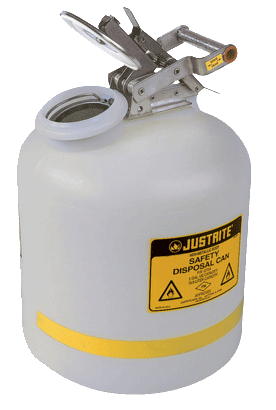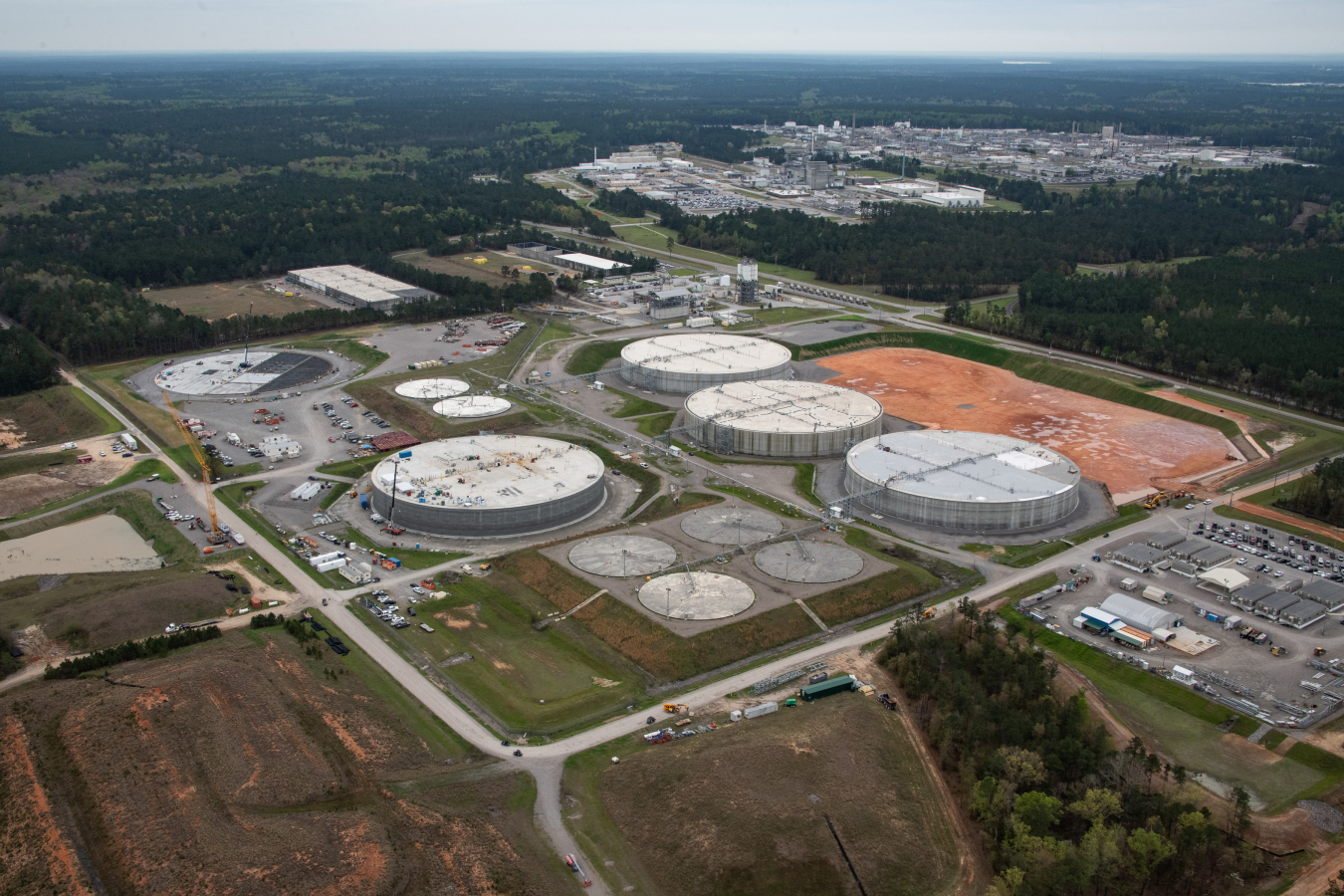Professional Liquid Waste Removal Melbourne: Quick and Affordable Solutions
Professional Liquid Waste Removal Melbourne: Quick and Affordable Solutions
Blog Article
Comprehending the Comprehensive Process of Liquid Waste Disposal: Best Practices and Environmental Effect Considerations
The administration of fluid garbage disposal is a diverse problem that needs a thorough understanding of different ideal practices and their associated environmental effects. From the kinds of fluid waste created to the techniques utilized for collection, treatment, and last disposal, each step plays a crucial role in safeguarding communities and public health and wellness. As regulatory criteria develop and technology advances, the discussion around these procedures becomes significantly relevant. What ramifications do these changes hold for future sustainability initiatives, and how can stakeholders ensure that they are effectively dealt with?
Sorts Of Liquid Waste
Comprehending the numerous types of fluid waste is important for reliable management and disposal techniques. Fluid waste can be generally classified into several types, each requiring unique handling and therapy approaches.
Industrial liquid waste typically has unsafe materials, including heavy steels, solvents, and chemicals, created during making processes. These wastes require rigorous regulatory compliance to secure human wellness and the atmosphere. Residential fluid waste largely refers to wastewater generated from families, consisting of sewer and greywater, which, although much less toxic, can still present significant dangers if improperly managed.
Agricultural liquid waste, including drainage from ranches, typically has plant foods and chemicals that can bring about environmental deterioration if not treated effectively. Medical liquid waste, generated from healthcare facilities, consists of infected fluids such as bodily fluids and chemicals, requiring specialized disposal techniques to stop infection and ecological contamination.
Last but not least, oil and oil waste, usually created by dining establishments and automotive sectors, can create serious obstructions in sewer systems otherwise taken care of effectively. Recognizing these classifications assists in targeted techniques for treatment, conformity with guidelines, and efficient disposal methods, inevitably promoting environmental sustainability and public health safety and security.

Collection Approaches
Efficient collection methods are essential for the proper administration of liquid waste, making certain that it is gathered safely and successfully before therapy or disposal. Different techniques are used depending upon the type of fluid waste generated, the quantity, and the particular attributes of the waste.
One typical approach is making use of dedicated collection containers or sumps, which are developed to record liquid waste at the resource. These systems typically include pumps that help with the transfer of waste to bigger storage containers or treatment facilities. Furthermore, mobile collection units outfitted with vacuum cleaner technology are used in situations where waste is created intermittently or in hard-to-reach areas.
For industrial setups, closed-loop systems can effectively lessen leaks and spills, permitting the recovery and reuse of liquid waste. It is additionally necessary to train workers on correct collection protocols to alleviate threats connected with harmful materials.
Additionally, carrying out normal maintenance schedules for collection devices makes certain optimum efficiency and security. The combination of innovative monitoring systems can enhance collection effectiveness by giving real-time information on waste degrees and potential risks. Generally, reliable collection approaches are fundamental to lasting liquid waste management practices.
Therapy Procedures
Treatment processes play a vital role in the management of liquid waste, transforming potentially dangerous materials right into reusable resources company website or safe effluents - liquid waste disposal. These processes can be broadly classified into physical, chemical, and biological methods, each customized to attend to specific pollutants present in the waste stream
Physical treatment methods, such as sedimentation and filtration, job by getting rid of put on hold solids and particle matter. These techniques are often the initial action in the treatment chain, successfully minimizing the tons on subsequent processes. Chemical therapies include the use of reagents to neutralize unsafe compounds, precipitate hefty steels, or oxidize organic pollutants, therefore improving the security of the effluent.
Organic treatment processes, consisting of turned on sludge systems and anaerobic digestion, capitalize on the all-natural abilities of microorganisms to break down raw material. These methods are specifically efficient for wastewater containing eco-friendly pollutants. Advanced therapy technologies, such as membrane layer filtration and advanced oxidation processes, are significantly employed to accomplish greater levels of purification.
Including a combination of these treatment methods not only makes certain compliance with governing standards however additionally promotes environmental sustainability by recouping valuable resources from liquid waste.
Disposal Options
Exactly how can companies guarantee the safe and liable disposal of fluid waste? Reliable disposal options are essential for guarding public health and the setting. The main techniques include land disposal, treatment, and incineration followed by discharge right into municipal wastewater systems.
Land disposal involves the careful containment of liquid waste in assigned land fills, ensuring that it does not leach into surrounding soil or water. Incineration, on the other hand, topics fluid waste to heats, transforming it right into ash and gases, which call for correct filtration to reduce discharges. This technique is appropriate for contaminateds materials that can not be dealt with via traditional means.
In cases where fluid waste can be treated, organizations may choose for biological or chemical treatment processes to reduce the effects of dangerous elements before releasing the dealt with effluent right into local systems. This path normally lines up with regulative requirements, ensuring that the effluent fulfills security standards.
Inevitably, organizations have to perform extensive assessments of each disposal choice to determine its stability, considering factors such as waste make-up, regulative conformity, and prospective threats to health and wellness and the setting. By selecting ideal disposal approaches, organizations can add to an accountable waste administration method.
Ecological Influence
The environmental effect of liquid waste disposal is a vital content consideration for organizations looking for to reduce their eco-friendly footprint. In addition, the discharge of without treatment or improperly treated waste right into surface area waters can result in eutrophication, leading to oxygen exhaustion and the subsequent fatality of fish and other organisms.

To mitigate these effects, organizations must embrace best techniques such as applying rigorous waste treatment procedures, advertising recycling and reuse, and sticking to regulatory standards. By taking a proactive approach to liquid waste management, entities can substantially reduce their environmental impact while supporting sustainable development goals. Eventually, an extensive understanding of the ecological impacts associated with liquid waste disposal is necessary for educated decision-making and accountable stewardship of natural deposits.
Final Thought
Efficient monitoring of fluid waste is critical for protecting environmental stability and public health and wellness. Ultimately, a detailed understanding of liquid waste disposal not only minimizes environmental effects yet also fosters a commitment to liable source monitoring and ecological stewardship.
The monitoring of liquid waste disposal is a complex concern that requires a complete understanding of numerous finest methods and their connected ecological influences. From the kinds of liquid waste created to the methods employed for collection, therapy, and final disposal, each step plays a crucial function in protecting ecosystems and public health and wellness.The ecological impact of fluid waste disposal is an essential consideration for organizations seeking to reduce their environmental footprint. Eventually, a comprehensive understanding of the environmental influences connected with fluid waste disposal see here now is important for educated decision-making and accountable stewardship of natural resources.
Eventually, a thorough understanding of liquid waste disposal not only minimizes environmental impacts however also fosters a commitment to responsible source monitoring and ecological stewardship.
Report this page